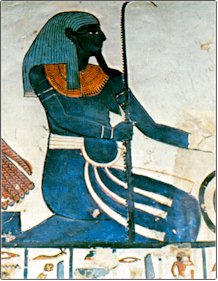


From that moment and during the rest of her life, Catalina de Erauso dressed in men’s clothes and dedicated herself to discover the world in a way that she was not allowed. There she was mistreated by the nuns, until she got tired of all and escaped. He lived on the razor’s edge almost all his life, having great fame on two continents.Ī woman born in 1592 and baptized in the Church of San Vicente (so she was a koxkera), spent more than a decade in the Dominican convent of San Sebastián el Antiguo and then cloistered in that of San Bartolome. It was said of her “to carry the sword as bravely as life” and was a conqueror, servant, thief, maid, merchant, hitman, confessed murderer of at least ten men, novice, virgin and rebel. Her book thus reveals what happens when the private experience of a transgenderist is shifted to the public sphere and thereby marketed as a hybrid spectacle for the curious gaze of the general audience.Few characters born in San Sebastián are as extraordinary and interesting as Catalina de Erauso, to whom Juan Pérez de Montalbán gave the nickname by which she was known: “The Lieutenant Nun”.

Sherry Velasco argues that the ways in which literary, theatrical, iconographic, and cinematic productions have transformed Erauso's life experience into a public spectacle show how transgender narratives expose and manipulate spectators' fears and desires. This theoretically informed study analyzes the many ways in which the "Lieutenant Nun" has been constructed, interpreted, marketed, and consumed by both the dominant and divergent cultures in Europe, Latin America, and the United States from the seventeenth century to the present. Cruz, Professor of Spanish, University of Illinois, Chicago Catalina de Erauso (1592-1650) was a Basque noblewoman who, just before taking final vows to become a nun, escaped from the convent at San Sebastián, dressed as a man, and, in her own words, "went hither and thither, embarked, went into port, took to roving, slew, wounded, embezzled, and roamed about." Her long service fighting for the Spanish empire in Peru and Chile won her a soldier's pension and a papal dispensation to continue dressing in men's clothing. It will be of interest not only to Hispanists, but also to students of gender, theater, and film.

This book is an exciting, well-organized overview of the evolution of a cultural icon: the nun-ensign Catalina de Erauso.


 0 kommentar(er)
0 kommentar(er)
